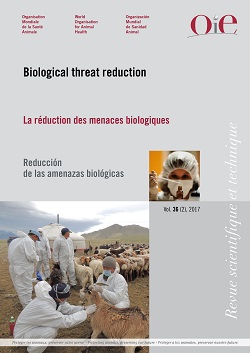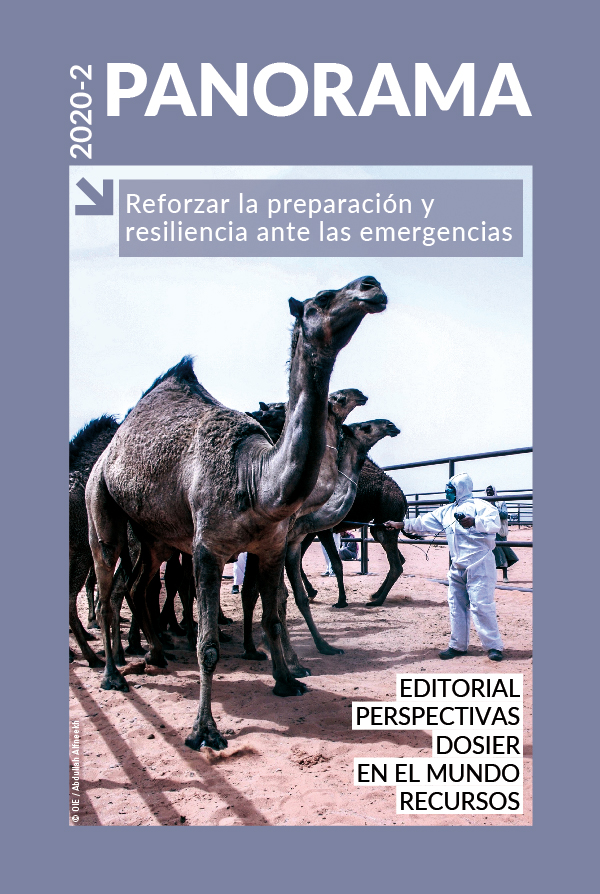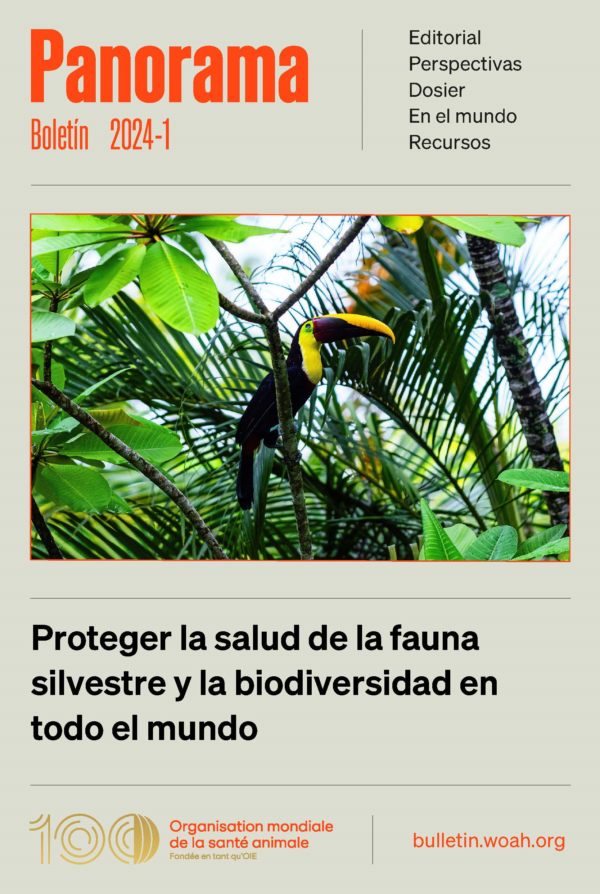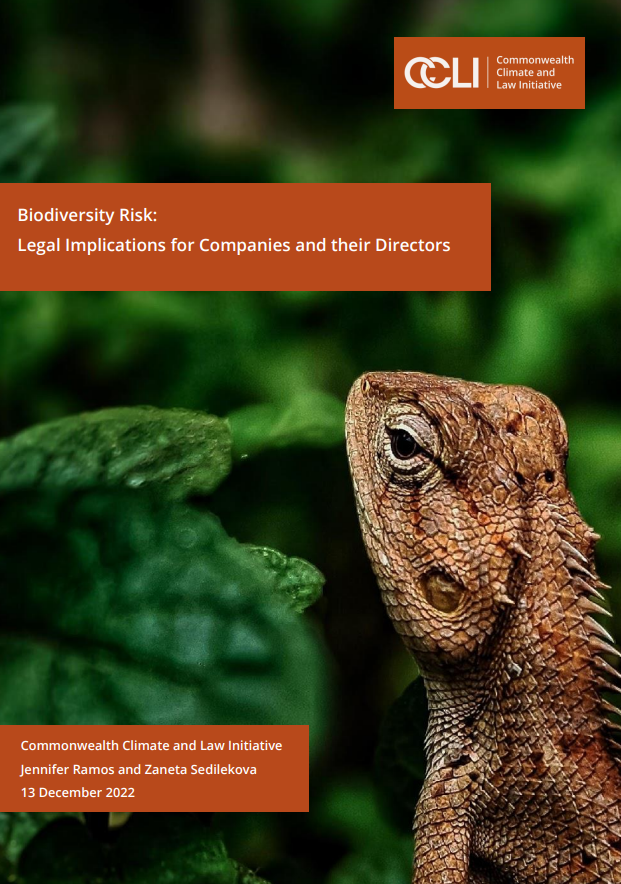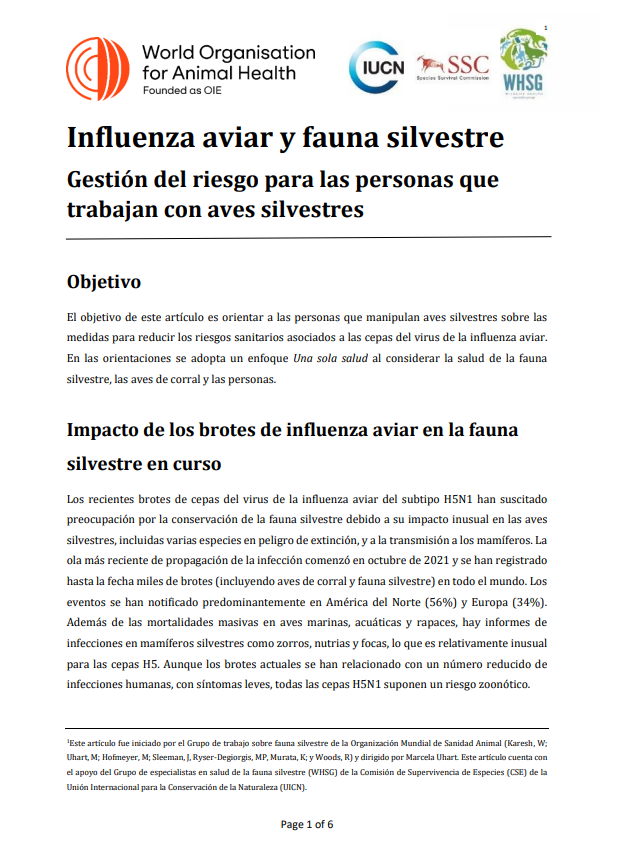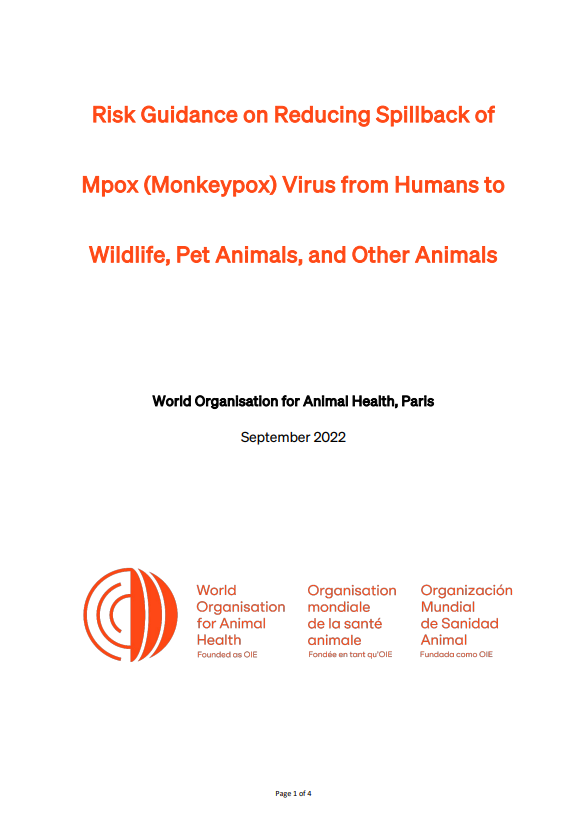Palabras clave
Revista científica y técnica, Vol. 36 (2)
Coordinador y compilador: Tammy Beckham
Organización Mundial de Sanidad Animal (OIE)
Agosto de 2017
348 páginas
ISBN: 978-92-95108-31-8
En este número de la Revista científica y técnica se propone una recapitulación del uso de patógenos animales y agentes zoonóticos como armas biológicas. Más concretamente, en él se pasa revista a su utilización a lo largo de la historia, se examinan las actuales tendencias y amenazas sanitarias y se estudia el uso de animales (terrestres y acuáticos) como centinelas para detectar con prontitud todo brote, ya sea de origen natural, accidental o deliberado, que afecte a los animales y/o el hombre. Además, se examinan los efectos que pueden tener los patógenos animales, incluidos agentes zoonóticos, desde el punto de vista de la economía, el malestar social, la seguridad alimentaria y la salud pública. Tras pasar revista a los dispositivos existentes para dar una respuesta internacional a un suceso biológico, se estudian los mecanismos vigentes de las Naciones Unidas para responder a una presunta utilización de agentes biológicos. También se presentan en este número los avances tecnológicos destinados a mejorar la vigilancia y pronta detección de enfermedades y la respuesta a ellas. Por último, se examinan sistemas destinados a reforzar la seguridad biológica y la resiliencia a escala mundial y se proponen métodos para asegurar la continuidad de tales sistemas.
Índice:
- Prefacio – Biological threat reduction
- Introducción – Biological threat reduction
- A brief history of biological weapons programmes and the use of animal pathogens as biological warfare agents
- Animal pathogens and their impact on animal health, the economy, food security, food safety and public health
- Biological threats from a ‘One Health’ perspective
- Biosafety and biosecurity in veterinary laboratories
- Biosurveillance: a systematic review of global infectious disease surveillance systems from 1900 to 2016
- Comparing responses to natural, accidental and deliberate biological events
- Emerging infectious disease risk: shared drivers with environmental change
- Engaging scientists and veterinarians in strengthening biosecurity systems
- Genome editing as a national security threat
- International health threats and global early warning and response mechanisms
- Linking animal diseases and social instability
- Links between law enforcement and veterinary animal health: a case study of the United Kingdom and the United States of America
- OIE twinning programme for veterinary education
- Preparedness activities and research needs in addressing emerging infectious animal and zoonotic diseases
- Response of developing countries to biological threats: the case of the Republic of Haiti
- Rinderpest eradication: challenges for remaining disease free and implications for future eradication efforts
- Rinderpest experience
- Strengthening good governance: exploiting synergies between the Performance of Veterinary Services Pathway and the International Health Regulations (2005)
- Sustainability and economic investments in animal health systems
- Technological advances in veterinary diagnostics: opportunities to deploy rapid decentralised tests to detect pathogens affecting livestock
- Technologies for capturing and analysing animal health data in near real time
- The Biological Weapons Convention
- The Global Health Security Agenda and the role of the World Organisation for Animal Health
- The importance of intergovernmental standards in reducing biological threats associated with accidental, natural or deliberate acts
- The World Organisation for Animal Health and the World Health Organization: intergovernmental disease information and reporting systems and their role in early warning
- The role of climate change in a developing threat: the case of bluetongue in Europe
- United Nations Secretary-General’s Mechanism
- Viral discovery as a tool for pandemic preparedness




